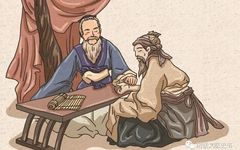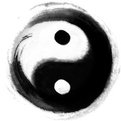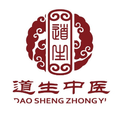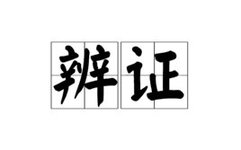The Yellow Emperor’s Inner Canon: A Comprehensive Review of the Theory of Deficiency and Excess (Part 28)
【Original】The Yellow Emperor asked: What is meant by deficiency and excess? 【Translation】The Yellow Emperor inquired: What does deficiency and excess mean? 【Original】Qi Bo replied: When evil qi is abundant, it is excess; when vital qi is depleted, it is deficiency. 【Translation】Qi Bo responded: Deficiency and excess refer to the comparison between evil qi and righteous qi. When evil … Read more










